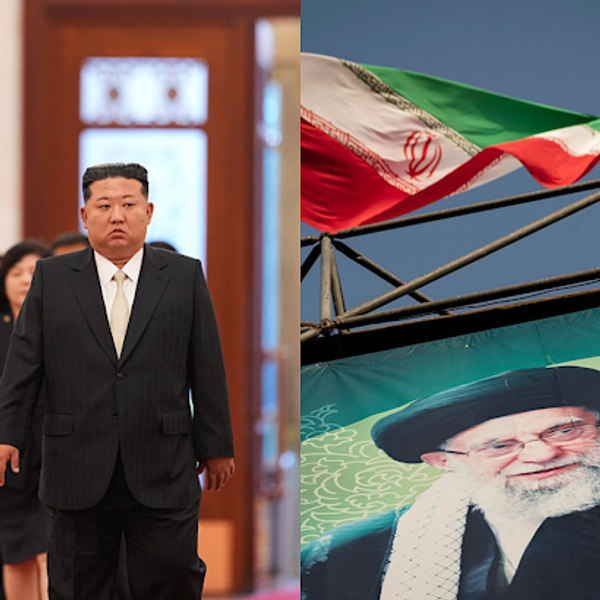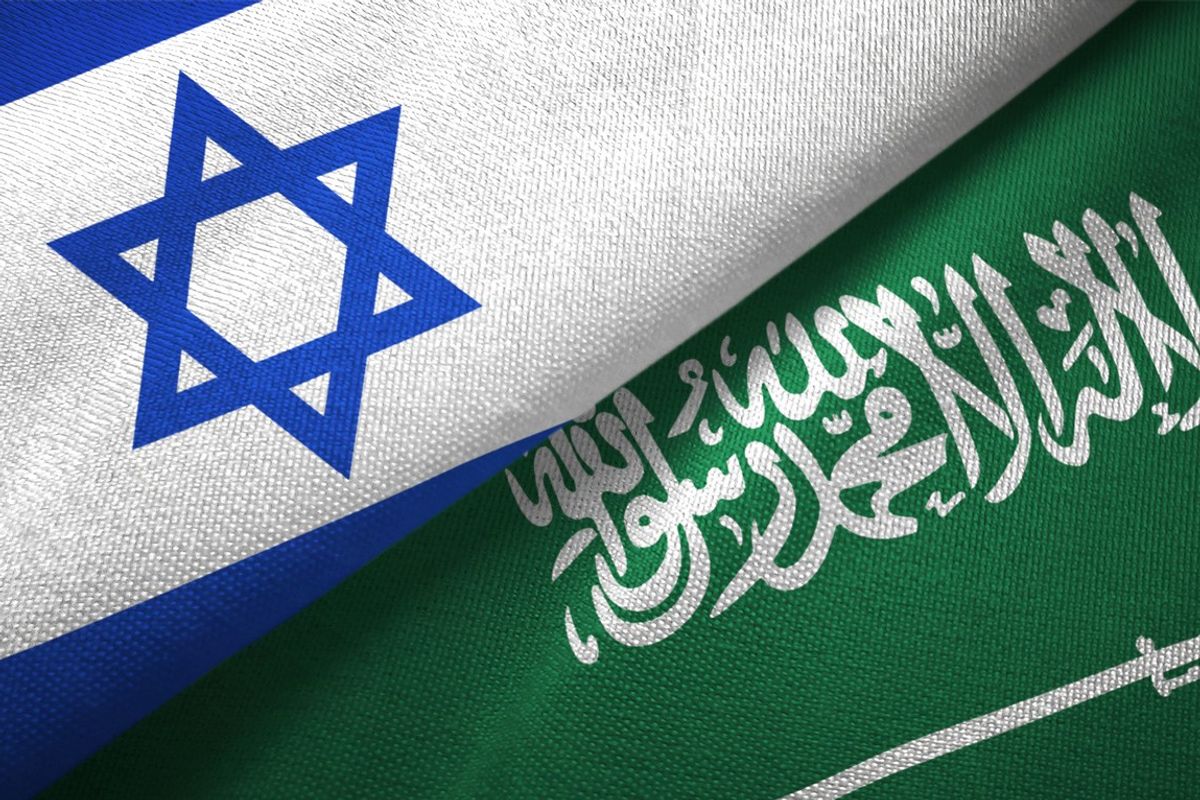Bottom Line Up Front
- Iran’s ballistic missile capabilities enable it to project power while compensating for an otherwise modest conventional military capacity.
- Iran’s supply of missiles to regional armed factions have helped these groups morph into significant threats to American interests and allies.
- The fielding of Iranian-supplied missiles by Tehran’s proxies have expanded regional conflicts by triggering intervention by external actors.
- To build international support for its policy to counter Iran, the Trump administration has highlighted Iran’s growing ballistic missile program.
In a series of recent briefings and statements, Trump administration officials have expressed growing alarm about Iran's missile program, which they characterize as the ‘largest in the Middle East.’ Iran's program poses a multi-tiered threat to U.S. interests and allies—its increasingly sophisticated medium-range ballistic program, exemplified by the Khorramshahr missile, places a growing proportion of Europe squarely within the Islamic Republic’s crosshairs. Iran's supply of short-range ballistic missiles to Tehran's regional allies and proxies enables the mullahs to project power throughout the region. The net effect of Iran's missile strategy is significant in that Iran is increasingly able to retaliate against, and thus deter, U.S. partners in Europe that might consider joining any major U.S.-led military action against Iran. Some bases used by U.S. forces in Europe are now within range, although the accuracy of Iran's missiles to destroy hardened targets remains in doubt. Following a December 1 Khorramshahr test, Secretary of State Mike Pompeo convened a U.N. Security Council meeting that ‘made clear that Iran's ballistic missile activity is out of control...’ Moreover, on January 3, 2019, the Secretary warned Iran not to conduct any planned satellite launches because rockets used in such launches could be used to develop an Intercontinental Ballistic Missile (ICBM). The threat posed by Iran, including from its missile arsenal, was the focus of Pompeo’s recent trip to the Gulf states, Egypt, Jordan, and Iraq that concluded on Monday.
Regionally, Iran’s proxies can use Iranian-supplied missiles to render key U.S. allies such as Israel and Saudi Arabia far less secure. Since the 33-day war between Israel and Hezbollah in 2006, Iran has resupplied Hezbollah with over 130,000 rockets and missiles, including the Fajr, that can now reach nearly all of Israel’s major towns, villages and cities. Further, according to a special briefing delivered by Brian Hook, the head of the State Department’s ‘Iran Action Group’ on November 29, 2018, Iran’s allies in Yemen, the Houthis, have used Iranian-supplied Sayyad 2C missiles with a 560- mile range to attack targets deep in Saudi Arabia, including the capital, Riyadh. The Houthis have also used Iranian-supplied cruise missiles to attack the United Arab Emirates (UAE), Saudi Arabia and even U.S. ships in the vital Bab el-Mandeb Strait, enabling Iran to threaten international shipping in that key waterway, as well as closer to home in the Persian Gulf.
Whereas supplying its proxies with ballistic missiles has helped Iran threaten its regional adversaries from multiple directions, the supplies also have prompted reactions that could redound to Tehran's eventual disadvantage. Israel has become so concerned about the ability of Iran and its allies to target its territory with missiles that Jerusalem has pursued a policy of frequent air strikes on Iran's military and transshipment infrastructure in Syria, where Iran and its primary regional proxy, Hezbollah, have intervened to help Bashar Al Assad maintain power. Saudi Arabia enlisted U.S backing for its Arab coalition to combat the Houthis in Yemen, declaring the establishment of a ‘Hezbollah equivalent in Yemen’ unacceptable—a characterization that evokes Iran's supplying Hezbollah with missiles aimed at Israel.
Implicit within the concerns expressed by U.S. and allied leaders is the realization that there are no readily available solutions to the threat posed by Iran's missiles. Neither U.S. or international sanctions, nor any U.S. or Israeli threats of military action, have forced Iran to accept significant limits to its missile development or supplies of missiles to its proxies. U.S. missile defense systems in Europe could potentially, but not certainly, protect against Iran's medium-range ballistic missiles. U.S. and Israeli joint development of missile defenses provide only modest and uncertain protection for Israeli cities against Hezbollah's enormous stockpile of Iranian-supplied rockets and missiles. Also, Hezbollah's systems are generally mobile, making them nearly immune to air strikes that consistently fail to locate mobile launchers. U.S. and allied frustration over the challenge posed by Iran’s missiles increases the potential for ground action against Iran’s allies and proxies as the only effective means to defeat the missile threat.









